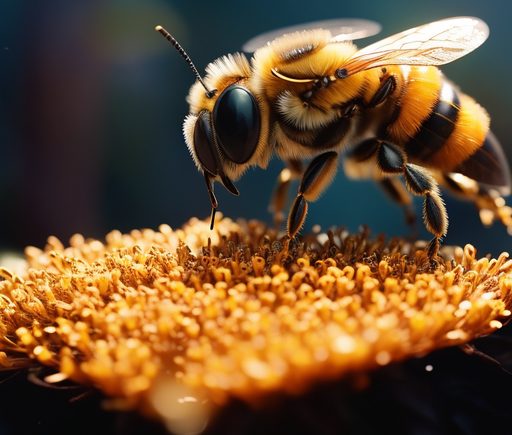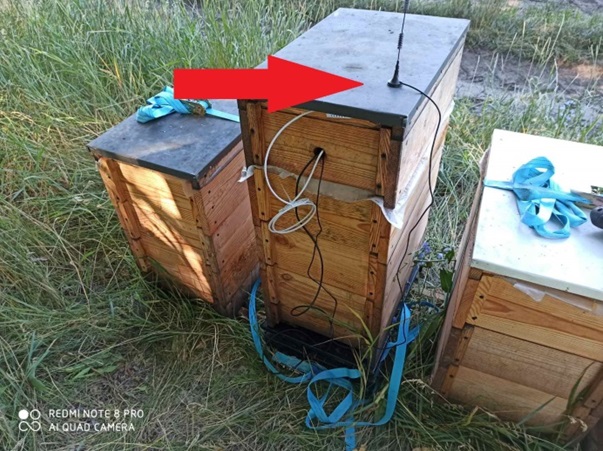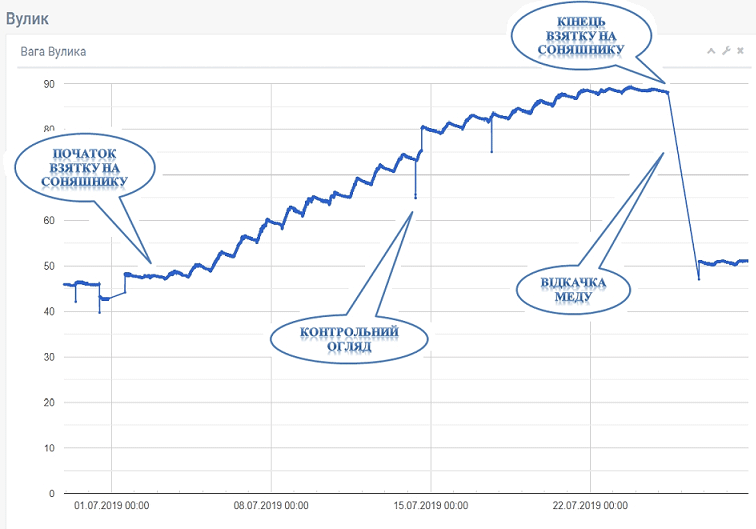Monitoring honey bees: Modern methods of remote monitoring of hives and bee colonies

Introduction
Honeybees play a key role in the ecosystem and agriculture through plant pollination and honey production. Maintaining the health and productivity of bee colonies requires constant monitoring, which is a challenging task for beekeepers. Remote hive monitoring technology has advanced significantly in recent years, offering more efficient and convenient ways to monitor the health of bee colonies. In this article we will look at modern methods of remote monitoring of bees and their advantages.
Why is monitoring of bee colonies needed?
Monitoring bee colonies allows beekeepers:
- Assess the health and activity of bees.
- Prevent and detect diseases and parasites.
- Optimize conditions in the hives.
- Increase honey productivity.
- Respond to problems before they become critical.


Modern methods of remote monitoring
1. Electronic hive scales
Electronic scales are installed under the hives and measure their weight in real time. Weight changes indicate honey reserves and bee activity. This data is transmitted to the beekeeper’s server or smartphone, allowing him to quickly respond to changes.
2. Humidity and temperature sensors
Temperature and humidity inside the hive are key indicators of the health of the bee colony. Sensors placed in the hive transmit data in real time. This helps beekeepers maintain optimal conditions for bees, especially during the winter.
3. Acoustic sensors
Acoustic sensors detect sounds made by bees. Different sounds can indicate different hive conditions, such as swarming, disease, or queen activity. Analysis of acoustic data allows beekeepers to take preventive measures.
4. Cameras and video monitoring
Cameras installed in the hives allow you to visually monitor the activity of bees and the condition of the frames. Modern cameras can operate in low light conditions and transmit images in real time to the beekeeper's devices.
5. Internet of Things (IoT) and cloud services
Modern IoT technologies make it possible to integrate various sensors and devices into one system. Data is collected and analyzed using cloud services, allowing beekeepers to get a comprehensive picture of the condition of their hives and predict possible problems.
Benefits of remote monitoring
Saving time and resources
Beekeepers do not need to be constantly present at the apiary. Remote monitoring allows you to receive all the necessary information from a distance.
Increasing accuracy and efficiency
Automated monitoring systems provide accurate data in real time, allowing you to respond to problems faster.
Improving the health of bee colonies
Regular monitoring of the condition of the hives helps to detect diseases in time and take measures to prevent them.
Process optimization
Data analysis can improve apiary management practices, increasing productivity and reducing costs.

Conclusion
Modern technologies for remote monitoring of hives open up new opportunities for beekeepers, allowing them to effectively manage apiaries and maintain the health of bee colonies. Implementing such systems requires an initial investment, but in the long run they pay off through increased productivity and reduced risk of losses. Beekeepers who use modern monitoring methods gain a competitive advantage and contribute to the sustainable development of their business.